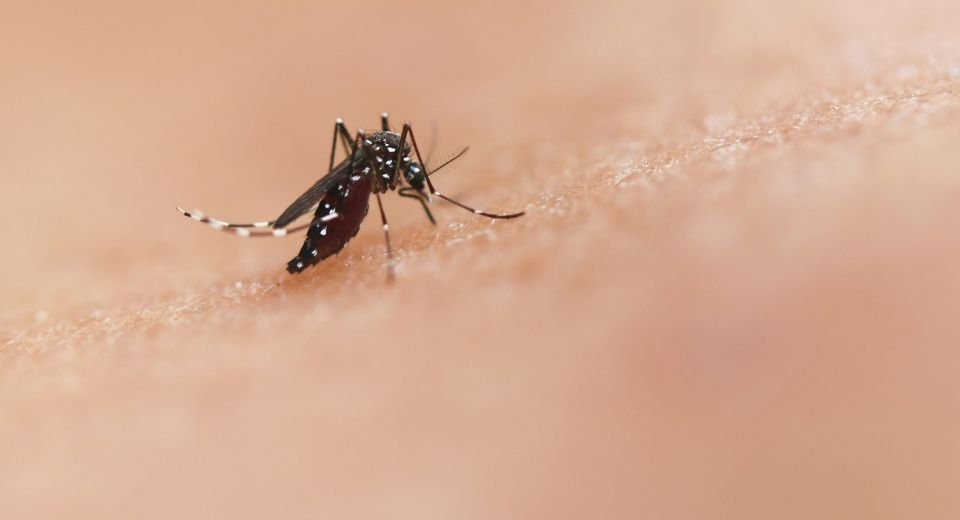HQ Team
May 16, 2025: Dengue fever has become a serious and growing health threat in India, especially between July and mid-November. Recent years have seen a sharp rise in cases across the country not just in traditional hotspots, but in newer regions as well, such as Nagaland and parts of Himachal Pradesh. Experts point to climate change as a major reason behind this spread.
According to the National Centre for Vector-Borne Disease Control (NCVBDC) under the Ministry of Health and Family Welfare (MoHFW), dengue cases in India have increased from 28,066 in 2010 to over 2.89 lakh in 2023. In 2025 (as of March), India has already reported more than 16,000 cases, indicating a worrying early trend for the year. Northern Indian states like Jammu & Kashmir and Himachal Pradesh have started seeing regular outbreaks, a sign that the traditional “dengue belt” is expanding. This massive and continuing rise highlights the urgency of strengthening our public health systems and response.
Globally, dengue is spreading to new regions, too. The World Health Organisation (WHO) estimates that due to global warming, as many as 4.7 billion people could be at risk of dengue by the end of the century.
Climate change and Aedes
Dengue is caused by a virus spread by Aedes mosquitoes. These mosquitoes thrive in warm, humid climates. As the climate changes, more parts of India are becoming suitable for their breeding. Higher temperatures speed up mosquito breeding cycles and help the dengue virus multiply faster inside their bodies. Rainfall, flooding, and even water storage during droughts create pools of stagnant water where mosquitoes breed, according to Dr Vikram Jeet Singh, Senior Consultant, Internal Medicine, Aakash Healthcare.
Dengue cases in the Americas Region exceeded the number of cases historically reported in a year, as compared to all previously recorded years, according to the Pan American Health Organisation. The cases in the Region of the Americas reported until September 2024, at 11.7 million, are more than double the number of cases reported in 2023, according to a statement from the PAHO, which is an arm of the World Health Organisation.
A study published in The Lancet states that climate-sensitive diseases like dengue are likely to rise significantly, especially in South Asia, if countries do not act urgently. An estimated 4 billion individuals in more than 129 countries are now at risk of dengue and chikungunya virus infection. The spread is attributed to the rising temperatures during the summer months and rapid urbanisation.
Dengue vaccine
The WHO has recommended Japanese drugmaker Takeda Pharmaceutical Co’s Qdenga vaccine for dengue where there is a high disease burden and high transmission intensity. WHO’s SAGE recommended that the dengue vaccine be introduced to children aged between six and 16 years. Within this age range, the vaccine should be introduced about 1-2 years prior to the age-specific peak incidence of dengue-related hospitalisations.
Qdenga has been approved in several countries and is expected to be launched in India next year. Reports claimed that Qdenga can protect people from all four strains of the dengue virus.
Combat strategies
Experts say India must take urgent steps to manage dengue both in the short and long term. In the short term, to combat the rising threat of dengue, a multi-pronged strategy is essential. One of the most effective short-term measures is the use of mosquito nets, window screens, and covers for water storage containers. When used consistently, these have been shown to significantly reduce mosquito bites and dengue transmission, said Dr Sunil Rana, Associate Director and Head of unit III internal Medicine, Asian Hospital. Additionally, biocontrol methods, like introducing mosquito-eating fish into ponds and tanks, have been successfully used in states like Andhra Pradesh to reduce mosquito populations without relying on chemical insecticides, added Dr Rana.
Stronger partnerships between the government and private sector players can amplify the impact of control measures. Businesses can support community clean-up campaigns, fund public awareness drives, or help distribute low-cost mosquito control products. In remote and underserved areas with limited health infrastructure, mobile health clinics and ASHA workers can play a critical role in delivering services such as dengue testing and educating communities on prevention methods. At the broader policy level, disaster response plans, especially in flood-prone states like Assam and Bihar, should integrate mosquito control as a key priority.
Integrated Vector Management (IVM) a coordinated approach that involves multiple sectors such as health, agriculture, urban planning, and the environment can be adopted. While India’s National Vector-Borne Disease Control Programme (NVBDCP) includes elements of IVM, more coordination and on-ground training are needed to make it fully effective.
Dr. Praveen Gupta, Principal Director & Chief of Neurology, Fortis Hospital, emphasizes that dengue’s nationwide spread, amplified by climate change, brings not just fever but serious neurological risks like encephalitis, seizures, and Guillain-Barré syndrome. As cases surge year-round, early diagnosis and awareness are crucial.
